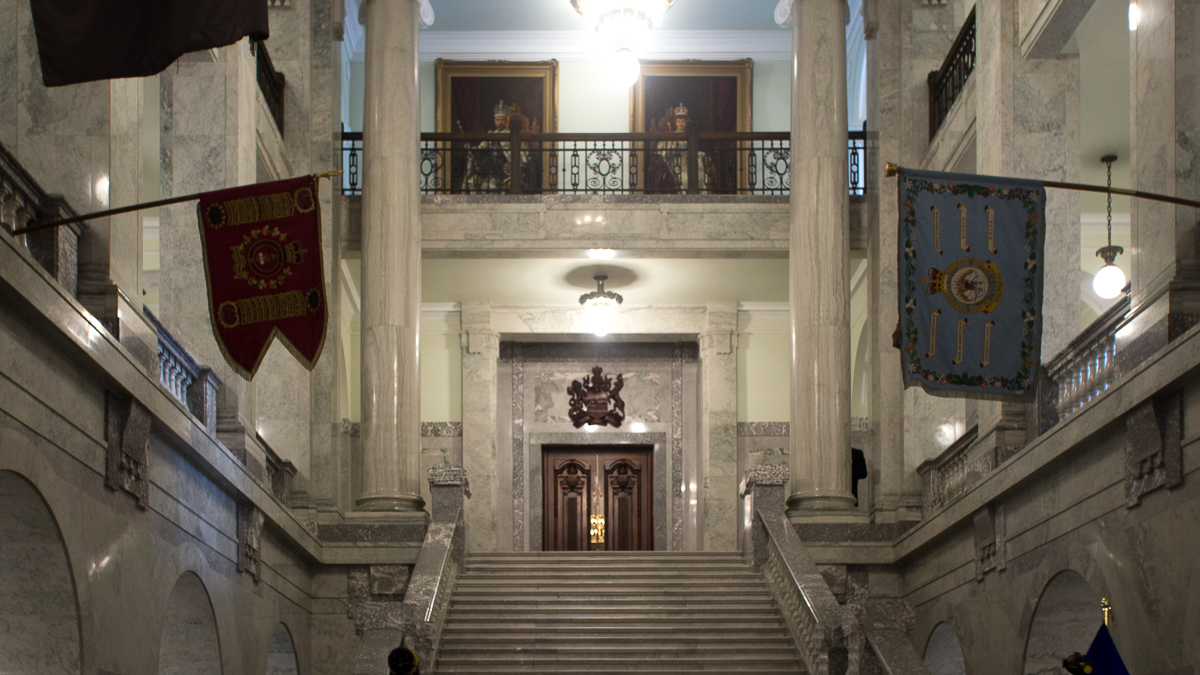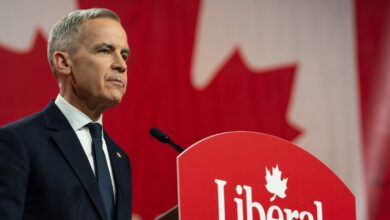 Oumar Salifou
Oumar SalifouAfter nearly a decade of “this will be the last time!” from Prime Minister Justin Trudeau, he still hasn’t changed Canada’s electoral system. It’s starting to feel like that friend who promises to bring chips to the party but shows up empty-handed.
In 2015, Trudeau pledged to overhaul Canada’s electoral system, promising that the 2015 election would be the last under the first-past-the-post (FPTP) system. Nine years later, Canada still uses FPTP, and with another federal election on the horizon, many are questioning why. Canada’s political landscape under FPTP has led to election results where the winning party gains a majority of seats without securing the majority of votes.
Critics increasingly argue that Canada’s FPTP system creates disproportionate representation. In the 2019 and 2021 elections, the Liberal Party secured a minority government with less than 33 per cent of the popular vote. Despite winning more votes overall, the Conservative Party ended up with fewer seats than the Liberals. This created an electoral imbalance that many argue fails to reflect the true will of the people.
Additionally, FPTP exacerbates regional polarization, as parties tend to dominate specific areas, further entrenching political silos. For example, in the 2021 election, the Conservatives overwhelmingly won seats in Alberta and Saskatchewan. In the same year, the Liberals dominated urban ridings in Eastern Canada. The system leaves millions of Canadians feeling disenfranchised. Especially those in so-called “safe” ridings where one party consistently wins, rendering many votes effectively wasted. In turn, this leads to low voter turnout and an unrealistic representation of the views of Canadians.
Public dissatisfaction with the FPTP system has grown since the last election. Opinion polls show increasing support for electoral reform, with 90 per cent of the voters supporting proportional representation (PR) systems. The argument for PR is rooted in its ability to deliver a more fair representation of voter preferences. PR ensures that seats are distributed based on the percentage of votes each party receives. This eliminates the distortions seen under FPTP, where a party like the Liberals can secure a majority of seats with less than a third of the vote. Had Canada used PR in the 2019 and 2021 elections the Conservatives would have won, given they received more votes.
PR also has the potential to strengthen democracy by offering a more accurate representation of Canada’s diverse political views. Smaller parties, such as the New Democratic Party (NDP), Green Party, and Bloc Québécois, would have a better chance of influencing policy under a proportional system. Voter engagement could also increase, as PR ensures that every vote matters. Countries with PR, like Sweden and Denmark, tend to have a higher voter turnout and better representations of minority interests.
However, the introduction of PR is not without its challenges. There are concerns about political fragmentation, confusion about the change to the system, and political reluctance to change. While the risks of political fragmentation and coalition instability exist, the benefits of fairer representation and greater voter engagement outweigh these concerns. PR would also ensure that political power more accurately reflects the will of the people. It would also give smaller parties a fair chance to contribute to national decision-making. And it could reduce the regional polarization that has become a hallmark of FPTP elections.
As the next federal election approaches, Canadians must ask themselves whether they are satisfied with the current electoral system. It’s time to push for a system that truly represents all Canadians — not just those in swing ridings. Canada’s democracy deserves better.




